
What do egg prices have to do with pandemics? Understanding the bird flu crisis





Coral Red: Mostly False
Orange: Misleading
Yellow: Mostly True
Green: True
Learn more about our fact-checking policies
The price of eggs has skyrocketed in recent months, leaving many consumers shocked at checkout counters across America. This dramatic increase is not simply due to general inflation, but rather points to a much more concerning issue with potential global implications. The current egg shortage and price surge are directly linked to a widespread bird flu outbreak that has devastated poultry farms, and some experts worry this situation represents more than just an economic inconvenience—it could signal pandemic risks that echo historical disasters like the 1918 Influenza Pandemic. Understanding this connection helps consumers make sense of not only why their breakfast costs more, but also how our food systems are interconnected with public health security.
The Recent Egg Price Crisis
The numbers tell a startling story about what's happening to egg prices. According to the U.S. Bureau of Labor Statistics, the average cost of a dozen large, Grade A eggs has risen from $2.52 in January 2024 to a record-high $4.95 in January 2025. This represents a dramatic 53% increase in just one year, far outpacing overall food inflation, which rose just 2.5% during the same period. Despite a recent decrease in the price of wholesale eggs, the U.S. Department of Agriculture (USDA) projects that egg prices will continue to climb, potentially increasing by more than 40% throughout 2025. For the average family, this means eggs—once considered an affordable protein source—have become a significant budget consideration.
"While consumer choice is important, it's only one piece of the puzzle. We need to address the vulnerability of our food systems by advocating for federal regulatory action, improved tracking, and a systemic shift towards climate-resilient farming that prioritizes habitat protection and disease prevention, ultimately safeguarding us from future pandemics" - Dr Jennifer Molidor
This price surge stems directly from a widespread outbreak of highly pathogenic avian influenza (HPAI), commonly known as bird flu. The current strain, H5N1, has proven particularly devastating to poultry populations. In December 2024 alone, outbreaks resulted in the "depopulation" (a term used to describe the necessary culling of infected and exposed birds) of 13.2 million birds, according to USDA data. Since October, when the latest wave of outbreaks began, more than 52 million egg-laying hens have been affected across ten states, including Arizona, California, Indiana, Iowa, Missouri, North Carolina, Ohio, Oregon, Pennsylvania, Utah, and Washington. To put this in perspective, these losses represent approximately 17% of the total U.S. egg-laying hen population in just four months. The fourth quarter of 2024 was particularly devastating, with more than 20 million egg-laying chickens lost to the virus—marking the worst toll on America's egg supply since the outbreak began.
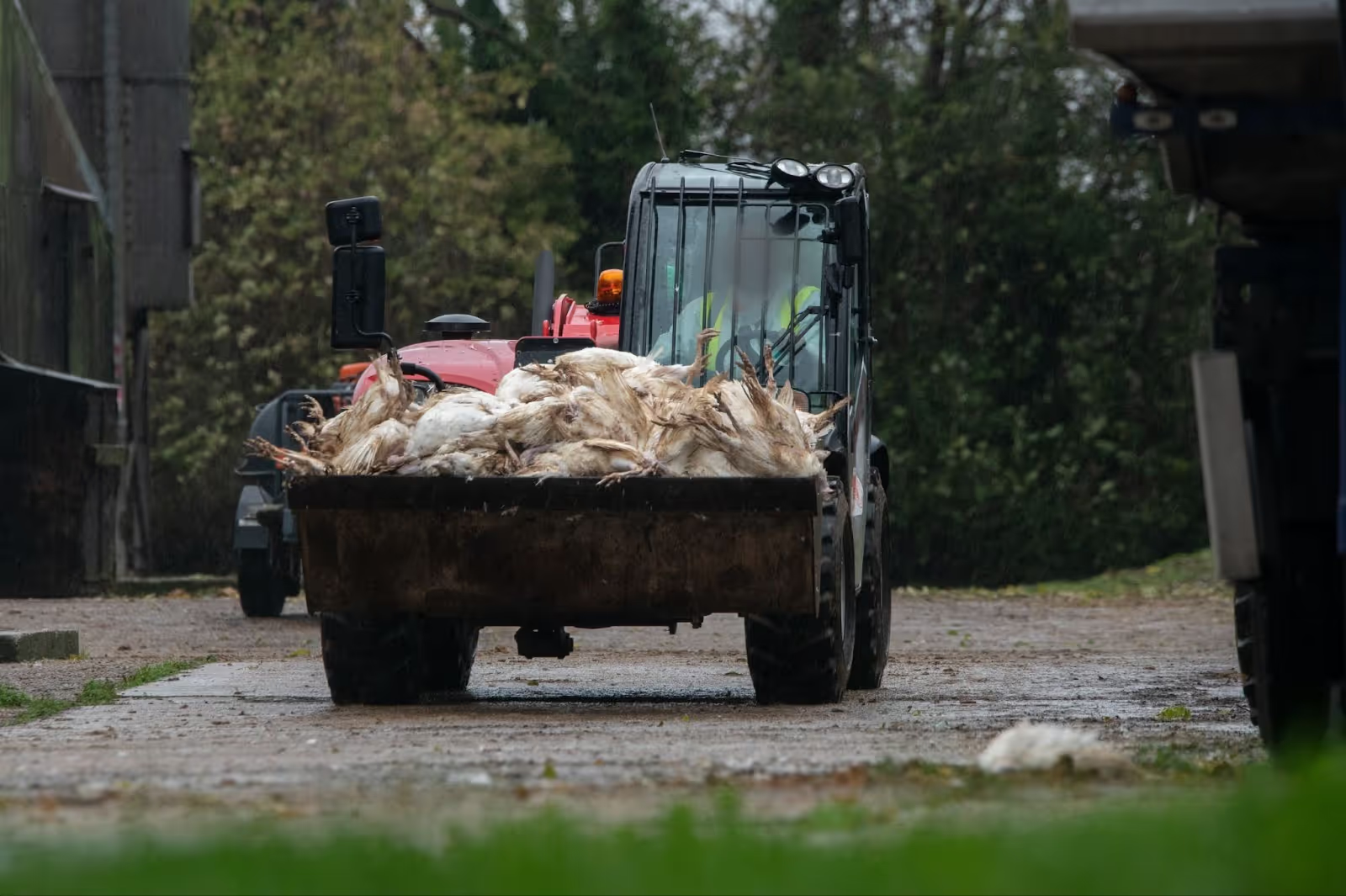
How This Affects Your Shopping and Dining Experience
The effects of this crisis extend beyond just higher prices at the grocery store. Many retailers have implemented egg purchase limits to prevent stockpiling and ensure fair distribution. Major chains including Trader Joe's, Costco, and Sprout have restricted the number of egg cartons customers can buy. Shoppers in some regions have encountered completely empty egg shelves, particularly for cage-free and organic varieties, which have been disproportionately affected by the outbreak. Despite representing only about a third of U.S. egg layers, cage-free hens accounted for nearly 60% of all bird flu cases in 2024.
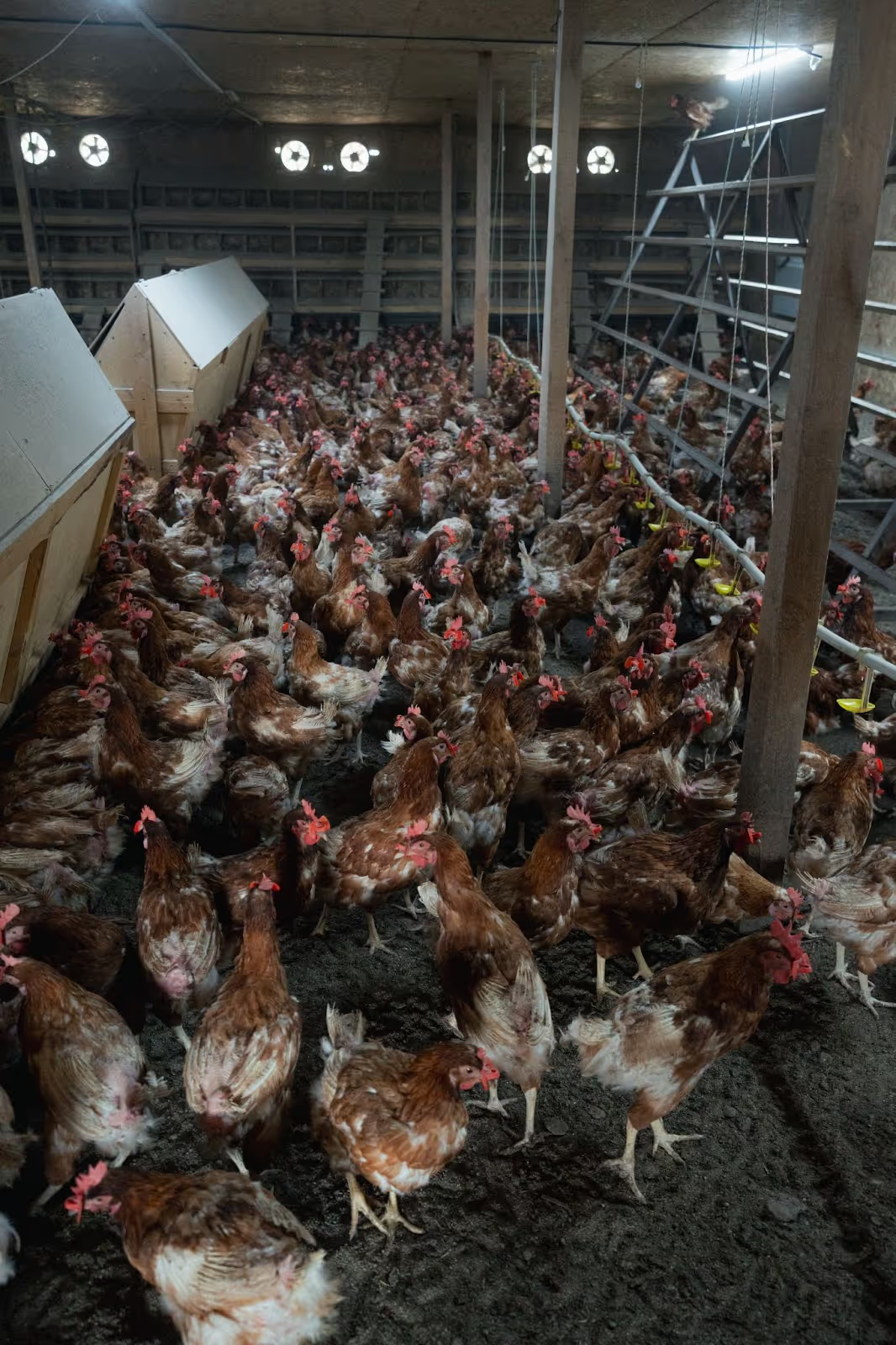
The impact extends to restaurants as well. In February, Waffle House—an American breakfast staple—announced a 50-cent surcharge for each egg ordered due to the shortage and price increases. "While we hope these price fluctuations will be short-lived we cannot predict how long this shortage will last," the chain stated in a press release. Many other restaurants have either raised prices, reduced egg-heavy menu options, or looked for alternatives to manage costs.
Government officials are implementing various measures to address the shortage. Nevada's Department of Agriculture temporarily suspended state laws requiring eggs to be cage-free and allowed the sale of Grade B quality eggs, which are typically used in processed food products rather than sold directly to consumers. In New York, Governor Kathy Hochul ordered the closure of live bird markets after the virus was detected in seven markets across New York City. These emergency measures highlight the severity of the situation.
Beyond Your Breakfast Plate: A Spreading Threat
The bird flu crisis extends far beyond just chickens and eggs. Since 2024, the H5N1 strain has spread to dairy cows, raising additional concerns about food security and public health. 17 states have now reported cows infected with H5N1, which kills around 2% to 5% of infected dairy cows and can reduce a herd's milk production by 10% to 20%. This expansion to mammals represents a concerning evolution of the virus, as each new species provides opportunities for the virus to mutate and potentially become more dangerous to humans, as well as to other wildlife and endangered species.
While it is reported that the health risk to most able-bodied people remains low at present, the situation requires careful monitoring, particularly for people living in vulnerable communities with inadequate testing and reporting. Several human cases of bird flu have already been reported, primarily among farm workers with direct exposure to infected animals. Public health experts note that the virus continues to "surprise" them with its ability to adapt and spread, emphasizing that the risk assessment "could change, and could change quickly". Food safety experts reassure consumers that properly cooked eggs and poultry remain safe to eat, as normal cooking temperatures (heating foods to at least 165 degrees) destroy the virus along with other common pathogens like Salmonella.

The current situation draws concerning parallels to historic pandemics. The most notable comparison is to the 1918 influenza flu pandemic, which represents one of the deadliest disease outbreaks in human history. Estimates of the death toll from that pandemic vary considerably. Early estimates from 1927 put the figure at 21.6 million deaths worldwide. More recent reassessments in 2018 estimated about 17 million deaths, though other studies suggest the number could be much higher—between 50 million and 100 million. In India alone, the 1918 influenza pandemic flu killed between 12 and 14 million people, making it the only census period (1911-1921) in which India's population decreased. The devastating impact of that pandemic serves as a sobering reminder of what can happen when novel influenza viruses spread unchecked through human populations.
The Economic Ripple Effects
The financial impact of the bird flu crisis extends throughout the food system. Since 2022, the USDA has invested more than $1.7 billion in combating bird flu on poultry farms, including reimbursing farmers who have had to cull their flocks. An additional $430 million has been spent addressing the spread to dairy farms. In February 2025, the Trump administration announced a new $1-billion plan aimed at fighting the virus and ultimately bringing down egg prices. Most of these funds are earmarked for providing relief to affected farmers and expanding biosecurity measures at egg-laying facilities, with about $100 million dedicated to vaccine research and exploring egg import options.
For farmers like Brian Kreher, a fourth-generation egg producer in New York, the outbreak has created existential challenges. "Egg farmers are in the fight of our lives and we are losing," he told the BBC in a February interview. Many farmers face impossible choices, such as whether to accept chicks from areas near virus hotspots, knowing the risks but also understanding that without new birds, their operations would slowly cease to exist.
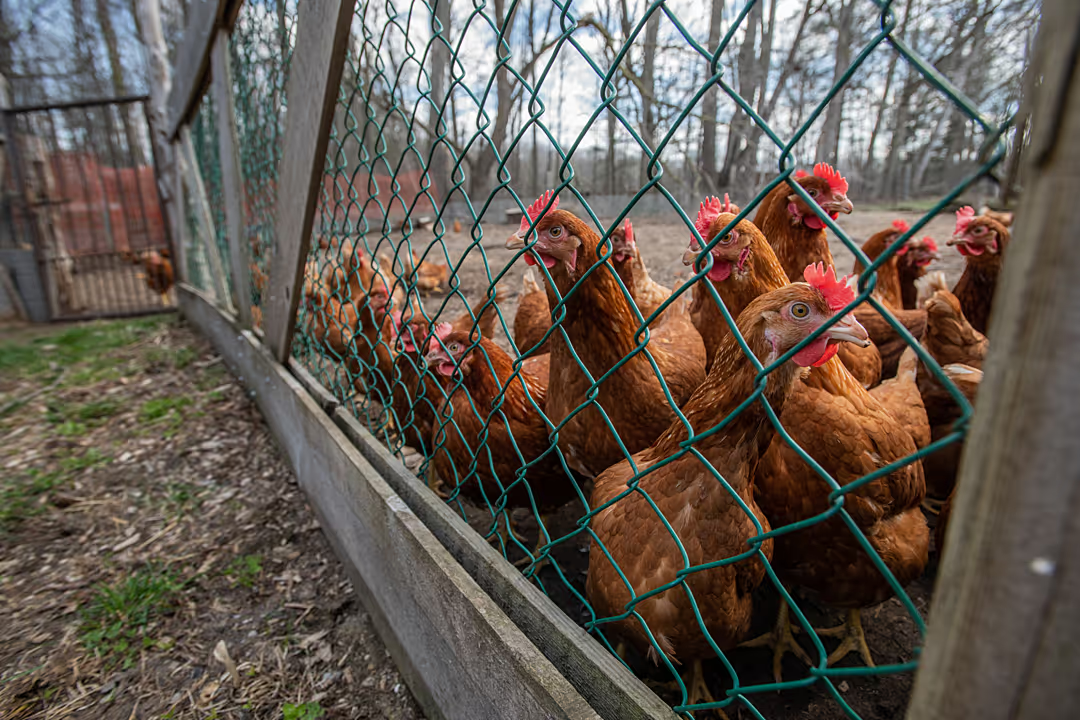
The impact extends to food manufacturers that rely on eggs as ingredients. Companies producing everything from baked goods to mayonnaise face higher production costs, which inevitably get passed on to consumers. Some businesses are exploring alternatives, creating potential opportunities for plant-based egg substitutes. For example, sales of plant-based egg alternatives jumped significantly in January 2025 compared to the previous year, according to reports from companies in this space.
What This Means for Consumers
As consumers navigate this challenging situation, understanding the connection between bird flu, egg prices, and potential pandemic risks helps inform both shopping decisions and broader perspectives on food systems. In the short term, expect egg prices to remain high and possibly increase further until poultry producers can rebuild their flocks—a process hampered by the ongoing virus circulation. Regional variations in price and availability will continue, with states that mandate cage-free eggs likely experiencing more severe shortages and higher prices.
For those looking to manage food budgets during this crisis, consider exploring recipes that use egg alternatives, or cook food that doesn’t require eggs at all. Tofu, legumes, and other plant proteins can also serve as nutritious alternatives in many recipes.
Food safety policy remains paramount. While bird flu virus particles have been detected in some dairy products, such as raw milk and cheeses, the FDA has reassured consumers that the commercial milk supply remains safe, particularly when pasteurized. This highlights the importance of pasteurization—not only for preventing bird flu transmission but also for eliminating other harmful pathogens that can thrive in raw milk. As already fact-checked by Foodfacts.org, raw milk can harbor dangerous bacteria such as Salmonella, E. coli, and Listeria, which pose significant health risks, especially to children, pregnant women, and those with weakened immune systems. Similarly, properly cooking eggs and poultry eliminates any potential virus risk. Continuing to follow standard food safety practices—such as thoroughly cooking animal products, avoiding cross-contamination, and washing hands after handling raw ingredients—provides protection against not only bird flu but also a wide range of more common foodborne pathogens.

The Bigger Picture: Food Systems and Pandemic Risk
The current bird flu crisis illuminates the complex relationship between agricultural practices, food security, and public health. Intensive animal agriculture, while efficient at producing affordable protein, also creates conditions that can facilitate disease spread. High-density housing of birds, long-distance transportation of animals, and the genetic uniformity of commercial flocks all contribute to vulnerability when pathogens emerge.
Some experts suggest that improving animal welfare and hygiene conditions, reducing flock density, and shortening supply chains could help mitigate future outbreak risks. These approaches may increase production costs but could prove far less expensive than managing widespread disease outbreaks after they occur.
The ongoing situation also highlights the importance of robust pandemic monitoring and response systems. The speed and scale of the current outbreak demonstrate how quickly animal diseases can spread through modern agricultural systems, potentially creating conditions for viruses to adapt to new hosts—including humans. The H5N1 virus, known as bird flu, is rapidly mutating in ways that are dangerous for famed animals, wildlife, and human health.
As consumers, understanding these connections helps us recognize that food prices reflect not just economic factors but also biological realities and public health considerations. The egg on your breakfast plate exists within a complex web of agricultural practices, disease ecology, and global health security. When prices rise dramatically, as they have for eggs, it often signals disruption within this system—disruption that may carry implications far beyond our grocery bills.
The current bird flu crisis serves as a reminder that our food systems remain vulnerable to biological threats, and that pandemic risks are not just historical concerns but ongoing challenges requiring vigilance, investment, and thoughtful approaches to agriculture and public health. As we navigate higher egg prices today, we would do well to consider how the lessons from this outbreak might help prevent more serious consequences tomorrow.
Looking Forward
While the immediate concern for most consumers is when egg prices might return to normal, the broader question involves how to build more resilient food systems that reduce pandemic risks while maintaining affordability and accessibility. Government investments in biosecurity, disease surveillance, and vaccine development represent important steps, but addressing the fundamental vulnerabilities in industrial animal agriculture may require more systemic changes.
For now, consumers can expect ongoing volatility in egg prices and occasional shortages, particularly for specialty eggs like cage-free and organic varieties. The situation serves as a vivid reminder that food security cannot be taken for granted, and that the health of our agricultural systems is inextricably linked to human health security. By understanding these connections, consumers can make more informed choices while advocating for food systems that prioritize not just efficiency and affordability, but also resilience and safety.

Sources + Further Reading
- AP News (13 February 2025). US egg prices hit a record high of $4.95 and are likely to keep climbing. https://apnews.com/article/egg-prices-record-bird-flu-a2394bdefc7bd0514d4f003cc5e8a908
- American Veterinary Medical Foundation (AVMF) (11 March 2025). Avian influenza virus type A (H5N1) in U.S. dairy cattle. https://www.avma.org/resources-tools/animal-health-and-welfare/animal-health/avian-influenza/avian-influenza-virus-type-h5n1-us-dairy-cattle
- BBC (21 February 2025). Farmers say bird flu a 'crisis' as egg prices soar. https://www.bbc.com/news/articles/c93npyelnewo
- CNBC (17 March 2025). Wholesale egg prices have ‘plunged,’ analyst says — shoppers may soon see some relief. https://www.cnbc.com/2025/03/17/wholesale-egg-prices-have-plunged-retail-prices-may-follow.html
- CNN (14 March 2025). H5N1 bird flu virus is infectious in raw milk cheese for months, posing risk to public health, study shows.https://edition.cnn.com/2025/03/14/health/h5n1-bird-flu-raw-cheese/index.html
- FAIRR (5 March 2025). Could the Current Bird Flu Crisis Cause the Next Pandemic? https://www.fairr.org/news-events/insights/could-the-current-bird-flu-crisis-cause-the-next-pandemic
- FoodFacts (23 December 2024). Can raw milk reduce asthma and allergies in children? A fact-check of recent claims. https://www.foodfacts.org/articles/raw-milk-asthma-allergies-fact-check
- Health (18 February 2025). Should You Stop Eating Eggs, Chicken, and Milk Because of Bird Flu? https://www.health.com/eggs-dairy-chicken-beef-safety-bird-flu-11680030
- Hossain MA, Monem MA, Rina AA. The growing risk of avian influenza (H5N1) in dairy cows: Clinical, economic, and public health consequences. New Microbes New Infect. 2024 Nov 13;62:101531. doi: 10.1016/j.nmni.2024.101531. PMID: 39634627; PMCID: PMC11616591.
- NerdWallet (7 March 2025). Egg Prices Soar to New Record Amid Ongoing Bird Flu Crisis. https://www.nerdwallet.com/article/finance/why-are-eggs-so-expensive
- Spreeuwenberg P, Kroneman M, Paget J. Reassessing the Global Mortality Burden of the 1918 Influenza Pandemic. Am J Epidemiol. 2018 Dec 1;187(12):2561-2567. doi: 10.1093/aje/kwy191. PMID: 30202996; PMCID: PMC7314216. https://pmc.ncbi.nlm.nih.gov/articles/PMC7314216/
- Time (21 February 2025). Why Eggs Are So Expensive Right Now. https://time.com/7221173/why-eggs-are-so-expensive-right-now/
- USDA (7 March 2025). Egg Markets Overview. https://www.ams.usda.gov/mnreports/ams_3725.pdf
- UNMC (14 January 2025). U.S. egg industry sees record chicken deaths from bird flu outbreak. https://www.unmc.edu/healthsecurity/transmission/2025/01/14/u-s-egg-industry-sees-record-chicken-deaths-from-bird-flu-outbreak/
- Wikipedia. Spanish flu. https://en.wikipedia.org/wiki/Spanish_flu



Foodfacts.org is an independent non-profit fact-checking platform dedicated to exposing misinformation in the food industry. We provide transparent, science-based insights on nutrition, health, and environmental impacts, empowering consumers to make informed choices for a healthier society and planet.
🛡️ Stand Against Nutrition Misinformation
Misinformation is a growing threat to our health and planet. At FoodFacts.org, we're dedicated to exposing the truth behind misleading food narratives. But we can't do it without your support.
Your monthly donation can:
✅ Combat viral diet myths and corporate spin
✅ Support our team of dedicated fact-checkers and educators
✅ Keep our myth-busting platforms running

Was this article helpful?

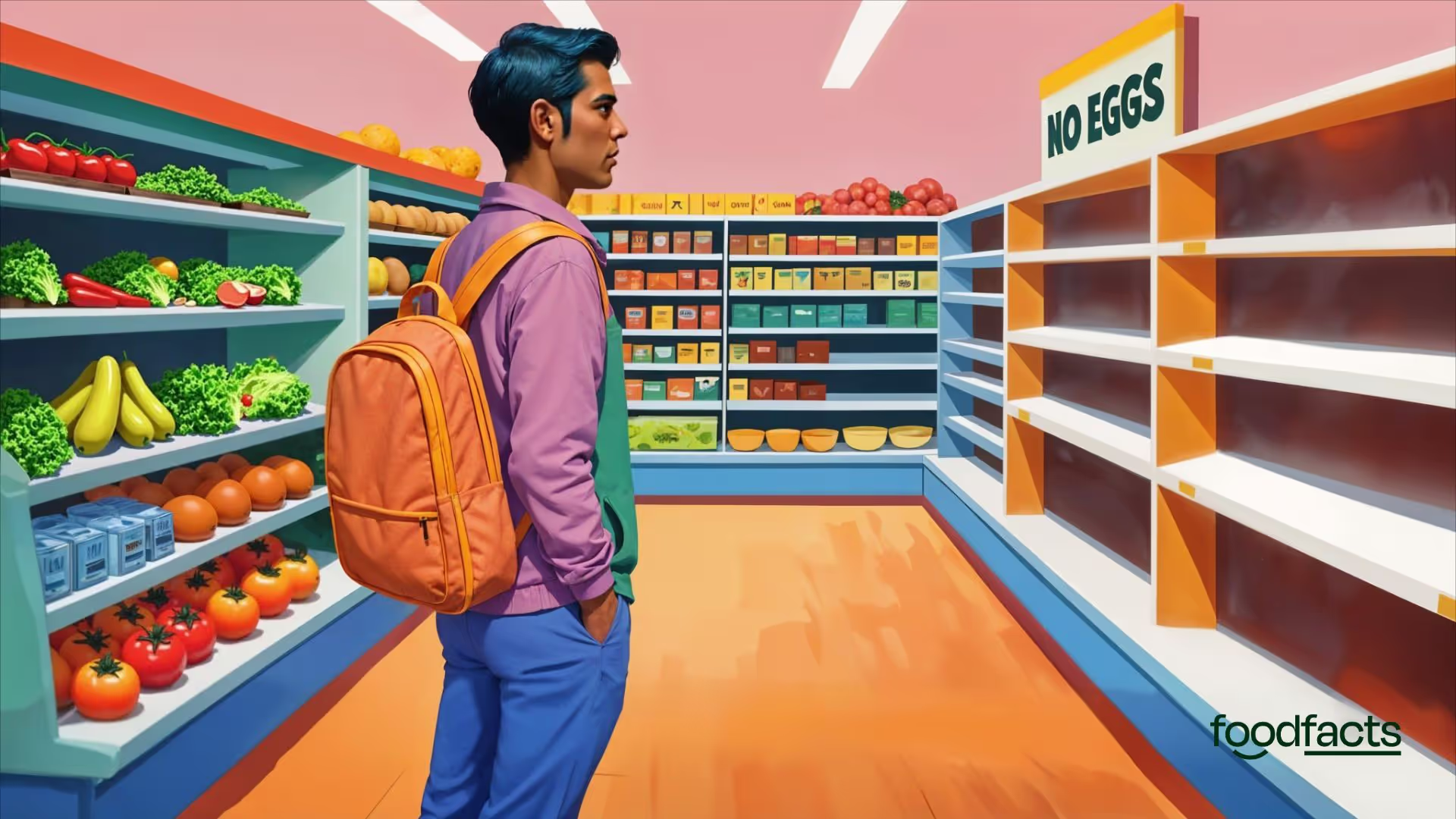











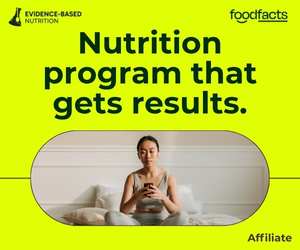


.svg)
